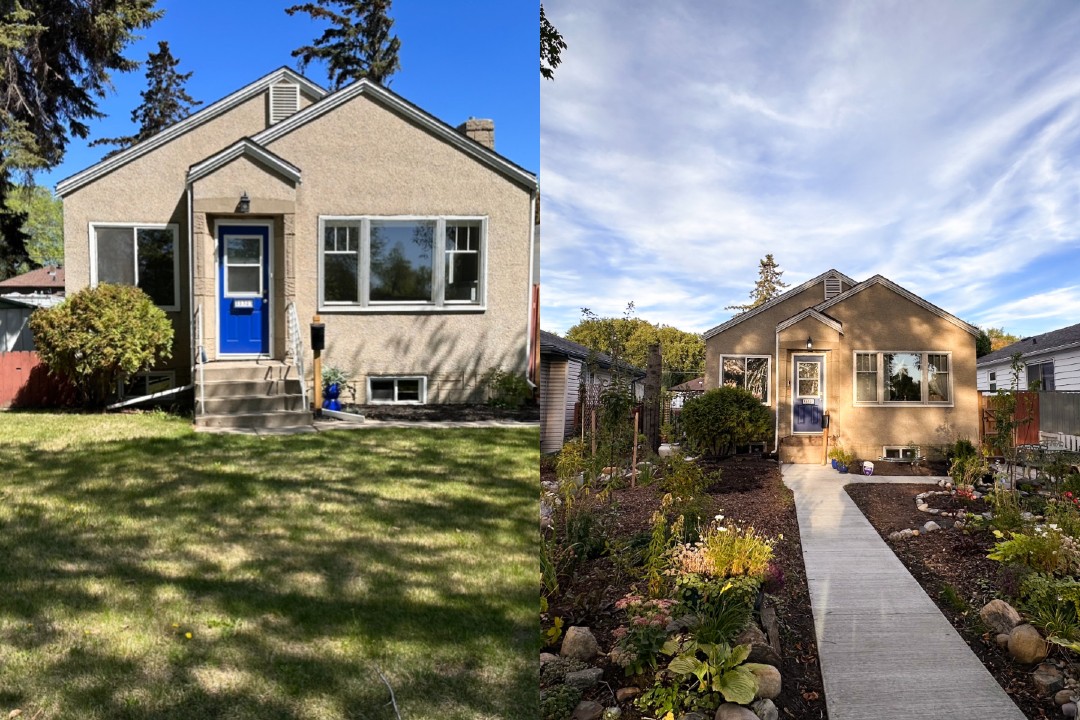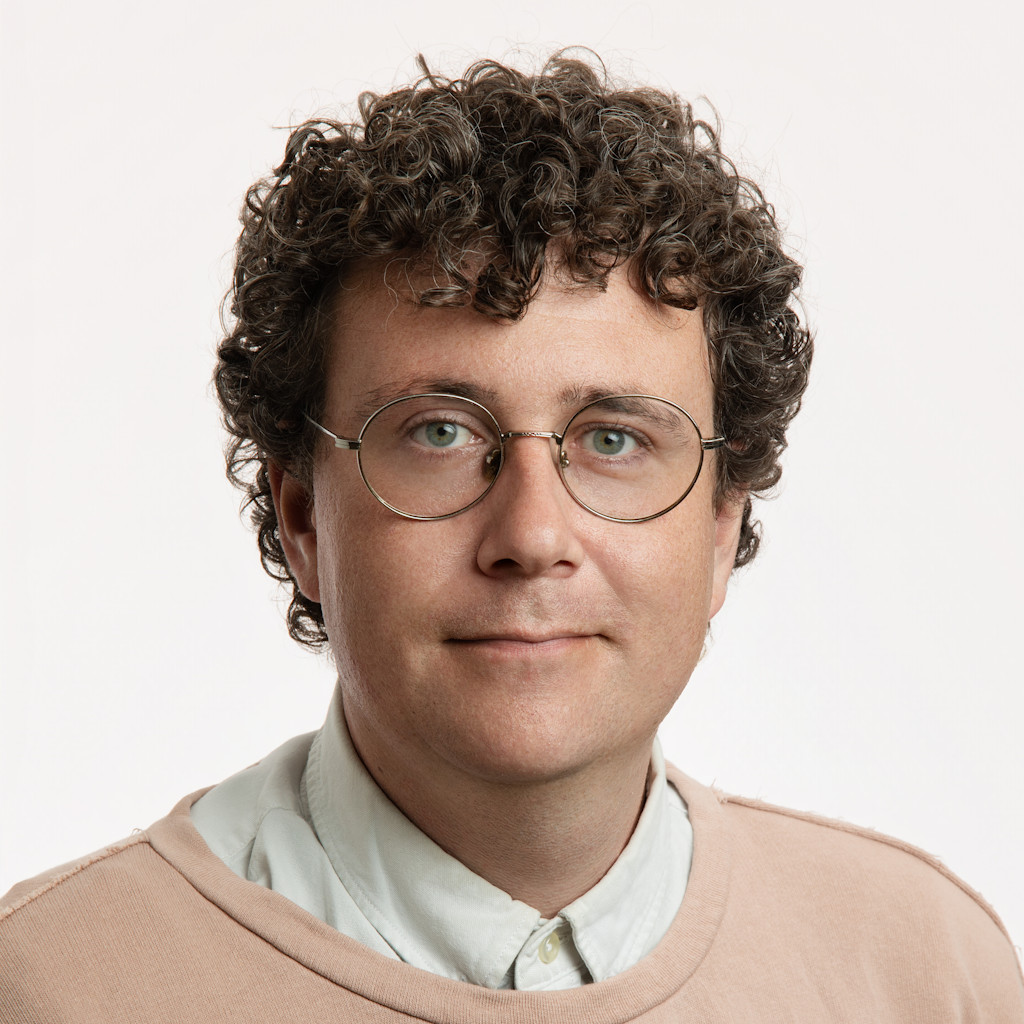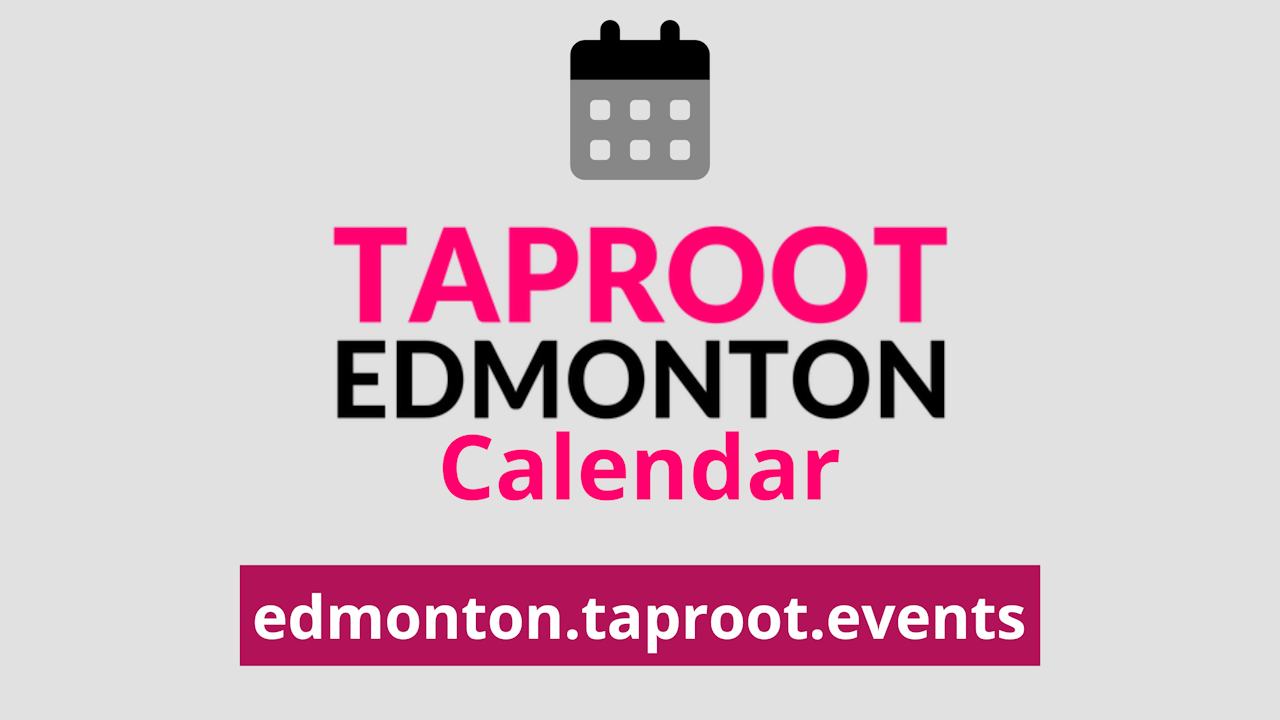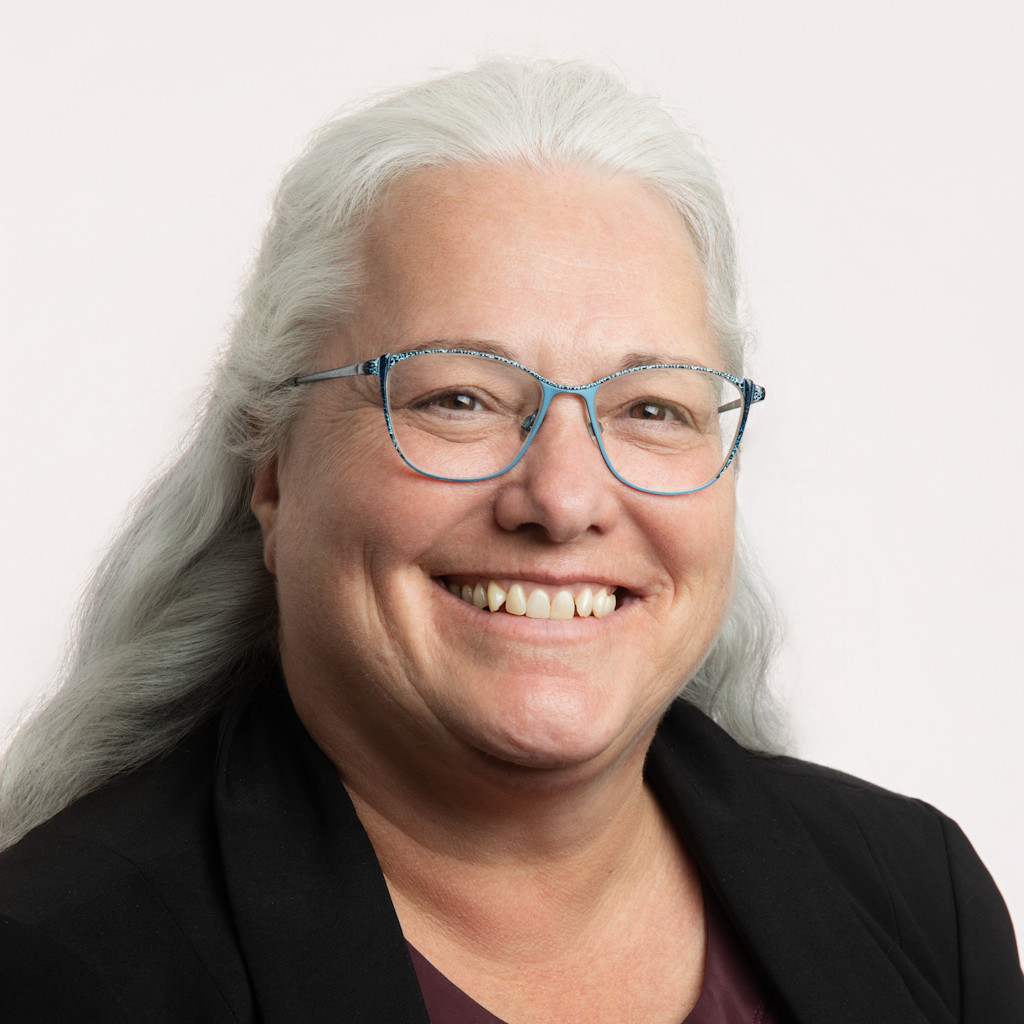
Campaign aims to see Edmonton cut the lawn and replace with gardens, native plants
Waste Free Edmonton is hoping to convince Edmontonians to begin replacing their lawns with food gardens and native plants.
The organization's new Beyond the Lawn campaign has built a coalition of existing organizations that promote native plants, edible gardens, and pollinator-friendly plants, with Waste Free Edmonton acting as the convener and amplifier.
"What we really wanted to do is get the attention of people, at a very high level, as to why they should consider making changes to their traditional lawn, and then get them in touch with the many local experts in Edmonton that form part of our coalition," Sean Stepchuk, the organization's director and co-founder, told Taproot.
For the first year of the campaign, Stepchuk said the focus is to get the word out on how someone can transform a lawn and why they should. Some of the reasons one might want to cut out a lawn for other options are to reduce chemicals and emissions, boost the amount of carbon that's captured, support pollinators and wildlife, and add colour.
Changing one's outlook on what a yard should look like might be hard, given Waste Free Edmonton has traced the cultural popularity of lawns back to the 17th century aristocracy in England. Still, efforts to change that outlook have deep roots in Edmonton. The Front Yards in Bloom program, which encouraged citizens to plant more than grass for 25 years, was cancelled this year in order to save the City of Edmonton $40,000. Stepchuk said that program had a similar goal to the new campaign. "The best part of Front Yards in Bloom was just getting people to think beyond the lawn," he said. "Although not a term they used, that was the idea — what can we do besides just having a big rectangle patch of Kentucky bluegrass lawn?"
The webpage for Beyond the Lawn has details on how biodiverse yards require less water, maintenance, and chemical treatment. It also has a directory that points those hoping to transform their yard to the organization that can best help them. A few of the many partners are Edmonton Native Plant Society, Sustainable Food Edmonton, and Operation Fruit Rescue Edmonton, which just updated its mandate. There are also contractors who specialize in biodiverse yards one can hire to do the work, such as Fescue Naturalization Corporation.
"If what they're really interested in is helping pollinators, then we'll put them in the direction of those organizations. If what they're interested in is more food security and growing their own food, then we put them in the direction of the the organizations doing work in that area," Stepchuk said. "Once we have people's attention, it's kind of a choose your own adventure of what's important to you, and where you want to go with this."
The campaign suggests all who seek to transform a lawn should not rush the process. Cutting out a lawn is strenuous and there may be a learning curve when introducing new plant life.
Stepchuk, fittingly, is taking things at a manageable pace for his own yard. "We still have grass, and grass does have its place," he said, "but every year, a chunk of the grass is cut out and replaced with more garden, and every year a chunk is cut out and replaced with native plants. My yard has … native plants, some non-native plants that we consider particularly pretty, trees, shrubs, a large plot for growing food, and also a berry patch."
As the Beyond the Lawn kicks off, Stepchuk said Waste Free Edmonton is always looking for more volunteers. Speaking of volunteers, the FKA agency donated its time to create a campaign mascot named Bob the Sod, a "loner" looking for biodiverse friends. Soon enough, the campaign will offer lawn signs to transformers in a similar vein to Front Yards in Bloom. Further ahead, Stepchuk said Beyond the Lawn may encourage the City of Edmonton and businesses to transform grass patches on their properties.






